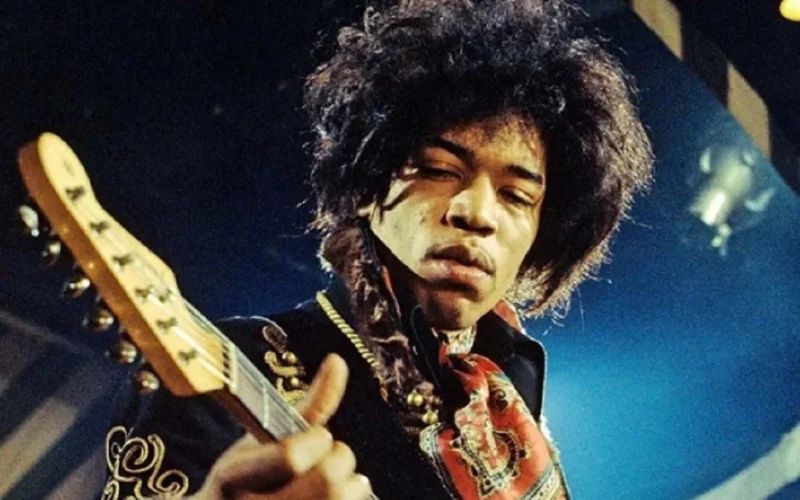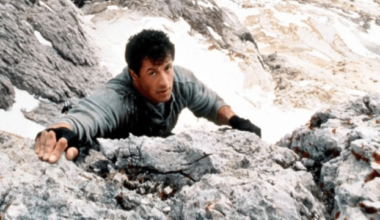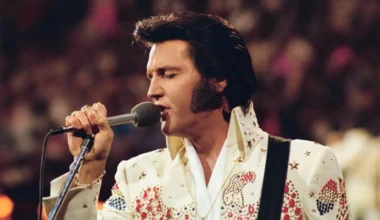Watching a musical maestro at work makes it easy to forget that there is a formula behind what they’re playing. Musicians are governed by mathematics and patterns that sound pleasing. However, stars like Jimi Hendrix seem to have such command over their instruments that they can bend these patterns to their own will and make ordained notes dance like a marionette as their shuffling fingers orchestrate feeling into the fret.
This sense of alchemy might seem like hyperbole, but scratch around on an acoustic for half an hour simply trying to tie four resonant chords together without having a string ping off, then check out a blistering Hendrix solo, and it becomes patently apparent that he was worthy of all the praise he received. The pinnacle of this praise is not that he was merely a supremely skilled technician but the rapture that he was able to unravel at his lauded live shows.
As fellow virtuoso, John Frusciante once said, “When you hear Jimi Hendrix play, it’s a pure expression of him as a person.” Adding to that, he doted over live performances of the star in particular. “You see him on stage and there’s absolutely no separation between him and his guitar—they’re completely one because he’s just putting every single bit of energy, everything in his whole psyche, and every single part of his body into his guitar playing,” he said.
So, it is on the live stage where Hendrix truly surpasses everyone, even his peers in the classical world. As David Byrne writes in How Music Works: “The classical players who think all popular music is simple tend not to hear the nuances involved, so naturally they can’t play very well in that style. Simplicity is a kind of transparency in which subtle nuances can have outsize effects. When everything is visible and appears to be dumb, that’s when the details take on larger meanings.”
However, on occasion, Hendrix did let his command over nuance get carried away, and some of his live performances descended towards a messy display of hubris and rock ‘n’ roll antics. But there is one display where he exhibits such refinement that even the space between the notes holds a magical quality: the filagreed perfection in question is the most idiosyncratic pronunciation of the blues ever mustered from an electric guitar that he managed with ‘Machine Gun’.
With that in mind, we asked the great Steve Vai, a guitarist comparable to Hendrix in his own right, to tell us why it happened to be his finest moment. “Although learning to play a Jimi Hendrix song for most contemporary guitarists may not pose a tremendous challenge, playing them just like Jimi has never quite been achieved,“ Vai began. “His touch on the instrument, sense of groove, choice of notes and overall ability to control audio chaos in innovative ways was remarkable.“
He continues: “One such piece of guitar divinity he has performed is ‘Machine Gun’ with The Band of Gypsy’s live at the Fillmore on New Year’s Eve. For me, this is perhaps the most inspired rock guitar performance of all time. Every note is imbued with his unique musical DNA and never drops character. For this entire performance, he is deeply connected to the creative impulse of the Universe, and it manifests through him uniquely and powerfully. There is not one note that is authentically copyable as every phrase flows from his otherworldly connection.”
Indeed, it feels like Hendrix is lassoing notes from the ether, and the fixed expression of imaginative contemplation plastered on his face is testimony to this. It enamours the audience as much as the music, a defined element of theatre that typifies pop culture performances. The playing waxes and wanes on its own unique narrative course, unfurling like a story that only Hendrix could tell; like the best poetry, each line is both inevitable and entirely spontaneous, all while spellbindingly singing along for large parts, too. It toes the line and never steps a single toke over it—it’s a feat that only one man in history could ever manage, and it is an effortlessly cool song to boot.






